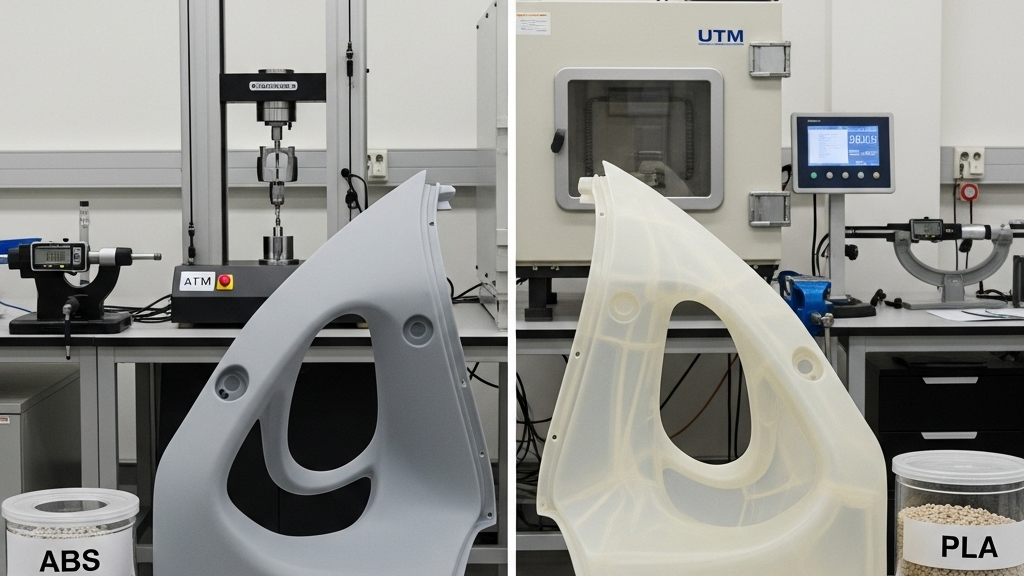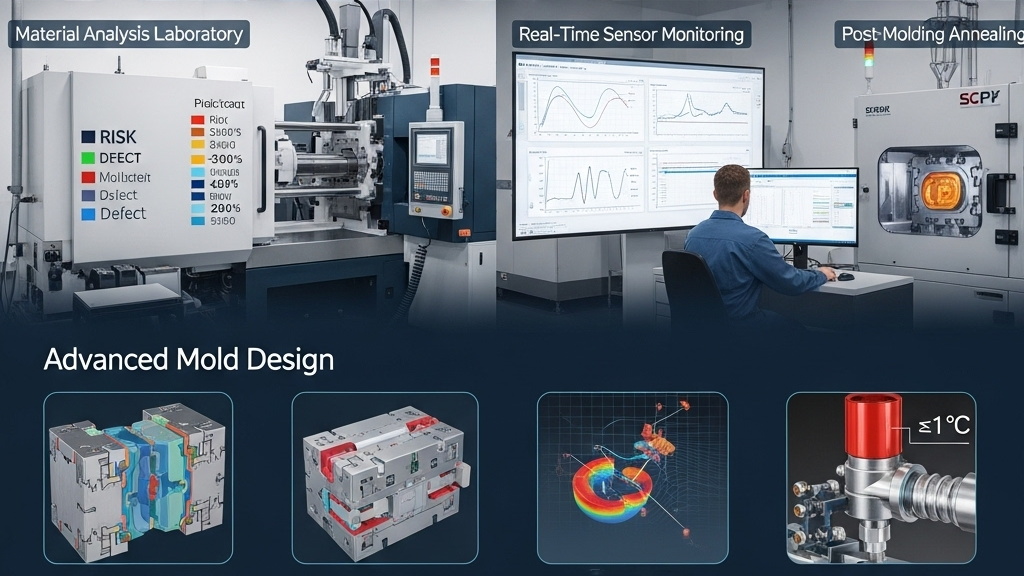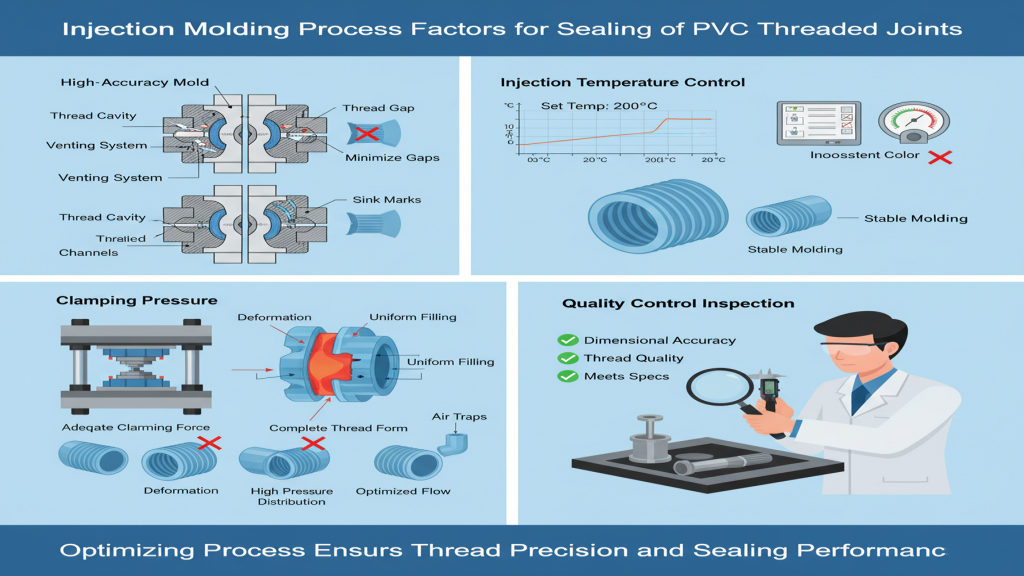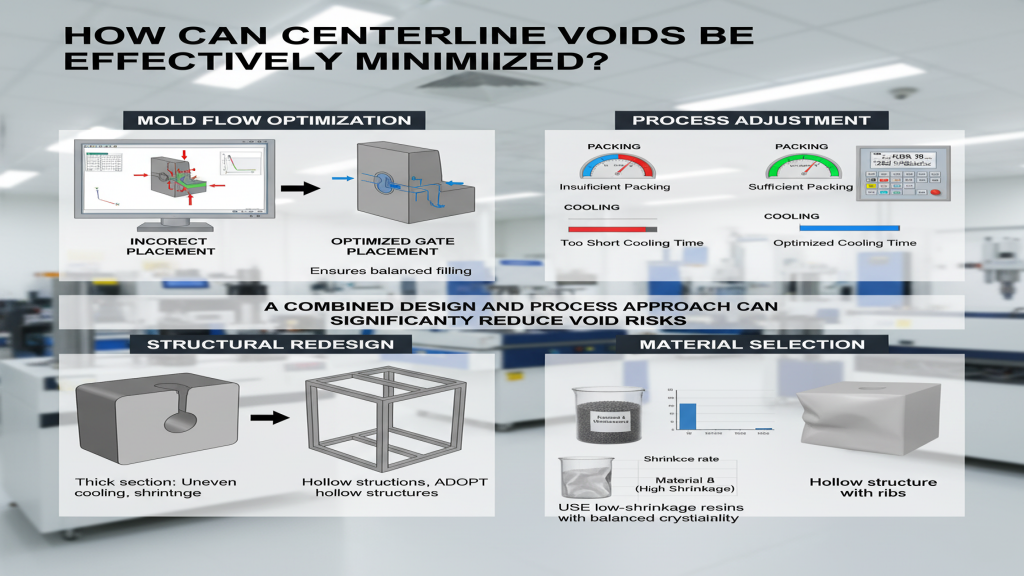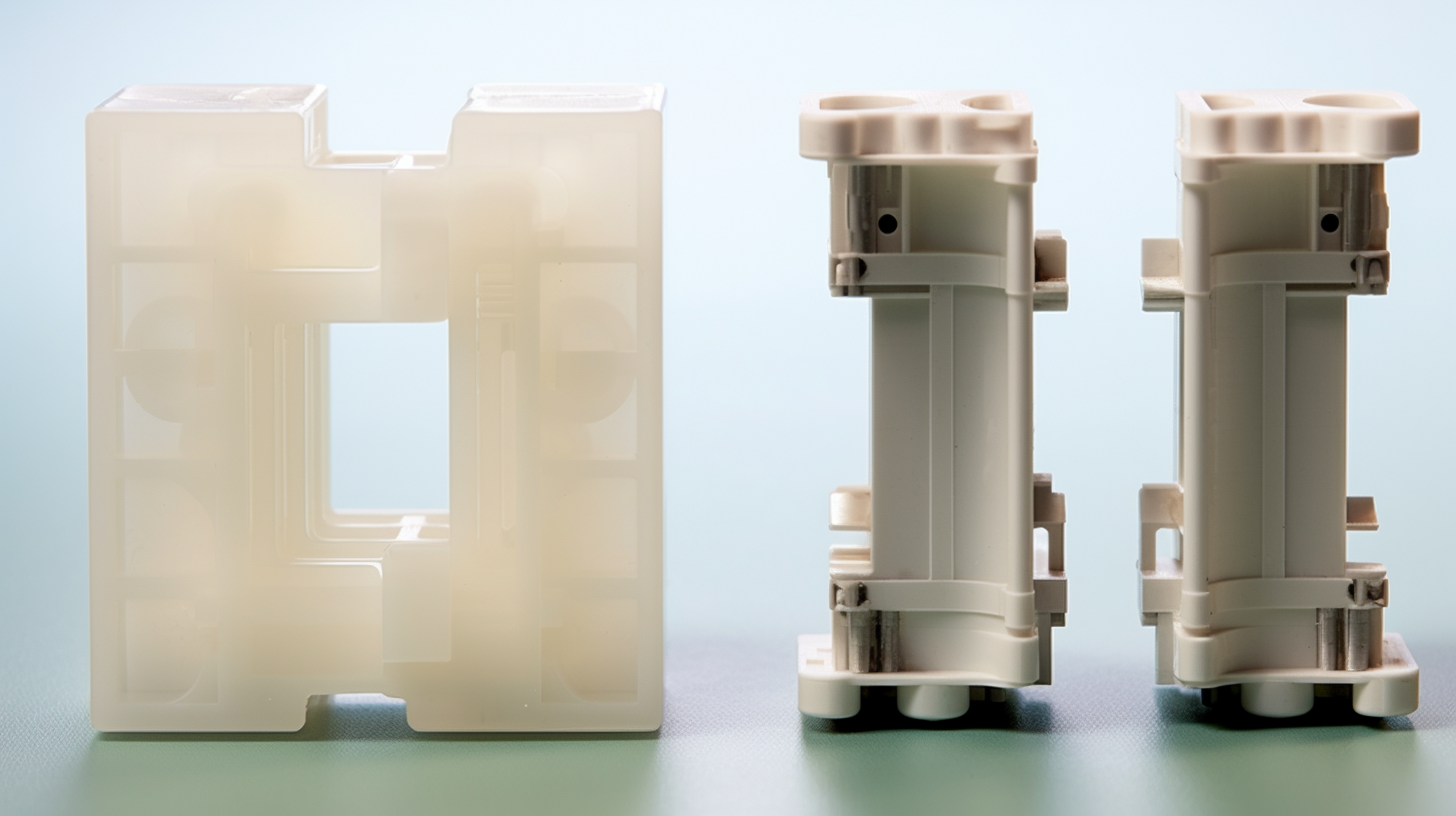
Shrinkage is a natural occurrence in injection molding as molten plastic cools and solidifies. However, excessive shrinkage can lead to dimensional inaccuracies, warping, or parts that fail to meet specifications. To prevent shrinkage in injection molding, selecting the right material is critical. Materials with low shrinkage rates, fillers, and specific properties tailored to your application can make all the difference.
Let’s explore the factors to consider when choosing the best material to minimize shrinkage.
Why Does Material Choice Affect Shrinkage?
The shrinkage rate of a material depends on its molecular structure, flow characteristics, and thermal properties. Semi-crystalline plastics, such as polypropylene and nylon, tend to shrink more than amorphous plastics like ABS or polycarbonate. The choice of material significantly impacts how much a part contracts as it cools.
Imagine pouring molten wax into a mold—different wax types shrink at varying rates based on their composition. Similarly, thermoplastics behave differently during cooling, and understanding these properties is crucial for minimizing shrinkage.
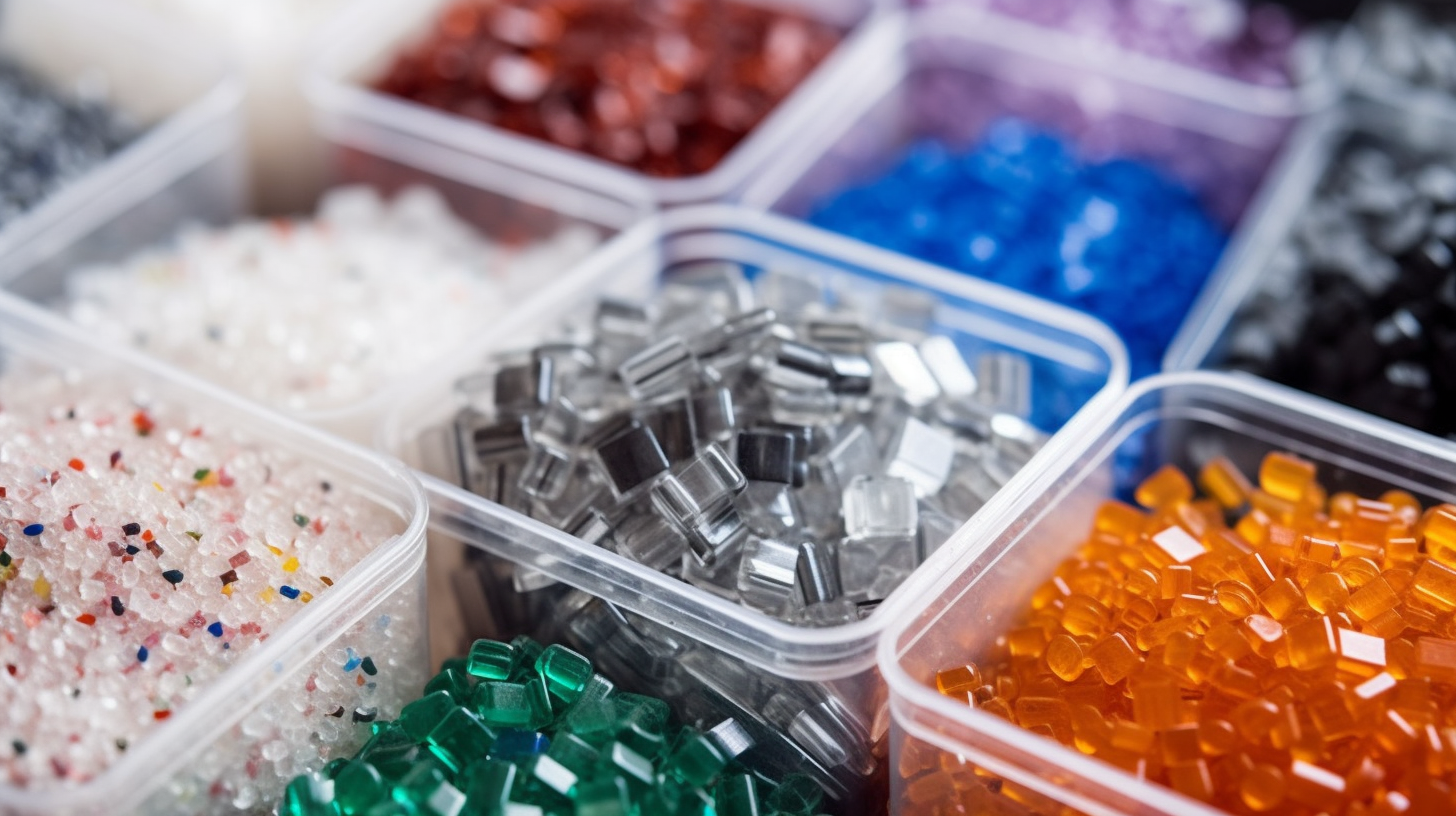
What Materials Are Best for Preventing Shrinkage?
Low-Shrinkage Amorphous Plastics
Amorphous plastics like ABS, polycarbonate (PC), and polystyrene (PS) exhibit lower shrinkage rates than semi-crystalline materials.
- ABS: Offers good dimensional stability and is ideal for applications like consumer electronics.
- Polycarbonate: Combines low shrinkage with high impact resistance, making it suitable for precision parts.
- Polystyrene: Has minimal shrinkage, often used for lightweight, rigid applications.
| Material | Shrinkage Rate | Best Use Cases |
|---|---|---|
| ABS | 0.4–0.7% | Electronics, automotive interiors |
| Polycarbonate | 0.5–0.7% | Transparent, impact-resistant parts |
| Polystyrene | 0.3–0.6% | Packaging, lightweight parts |
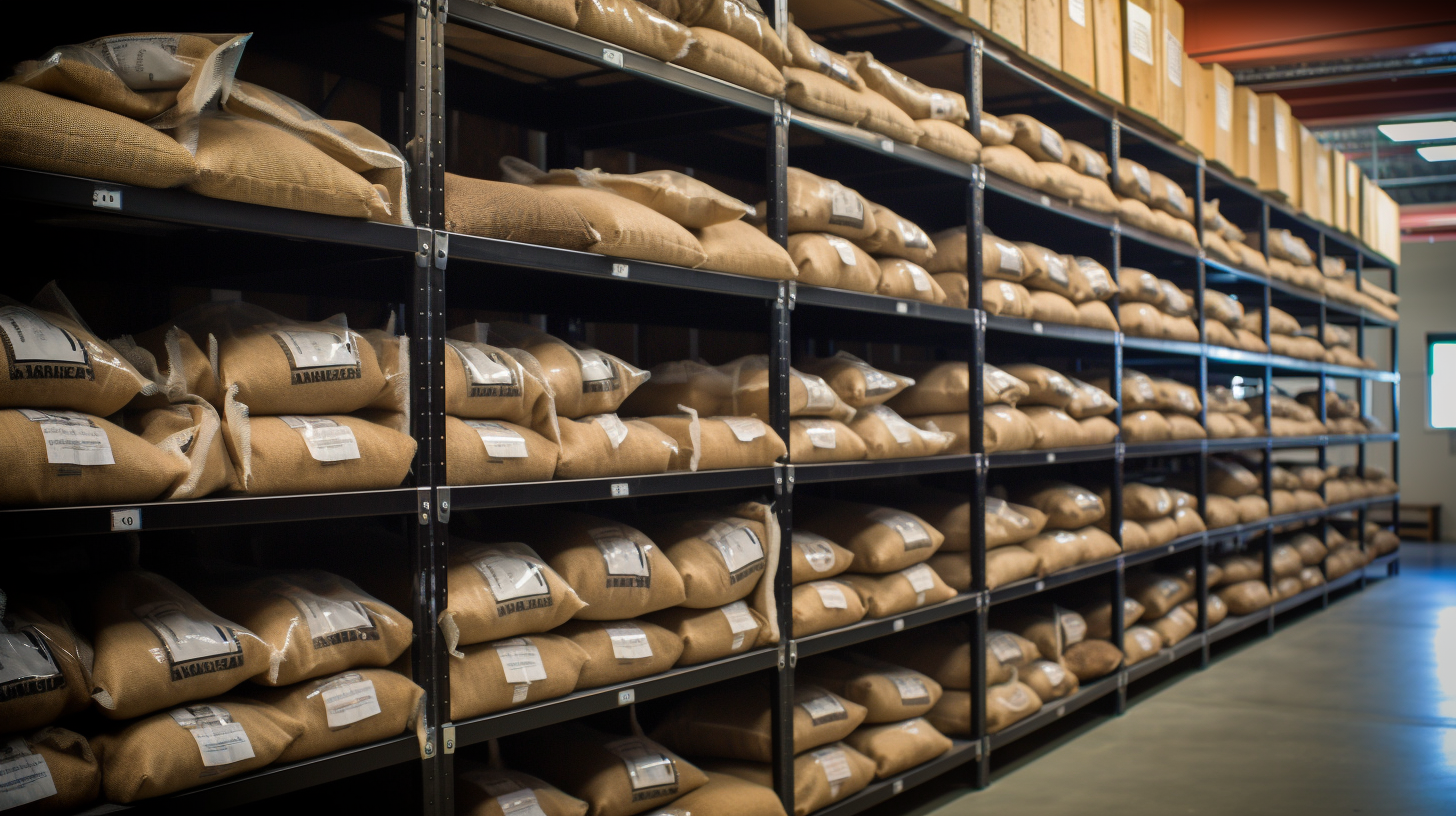
Fillers and Reinforcements
Adding fillers like glass fibers, talc, or calcium carbonate reduces shrinkage by restricting the material’s movement during cooling.
- Glass-Filled Nylon: Reduces shrinkage significantly, providing excellent dimensional stability for structural parts.
- Talc-Filled Polypropylene: Offers reduced shrinkage and increased stiffness, ideal for automotive components.
These additives improve both the mechanical properties and shrinkage performance of the base resin, making them a go-to choice for demanding applications.
High-Performance Thermoplastics
High-performance materials like PEEK, PEI, and PPS exhibit exceptional dimensional stability under high temperatures and stress.
- PEEK (Polyether Ether Ketone): Known for its low shrinkage and excellent mechanical properties, ideal for aerospace and medical applications.
- PPS (Polyphenylene Sulfide): Offers low shrinkage and chemical resistance, commonly used in automotive and industrial applications.
These materials are perfect for precision parts where shrinkage needs to be minimized to maintain tight tolerances.
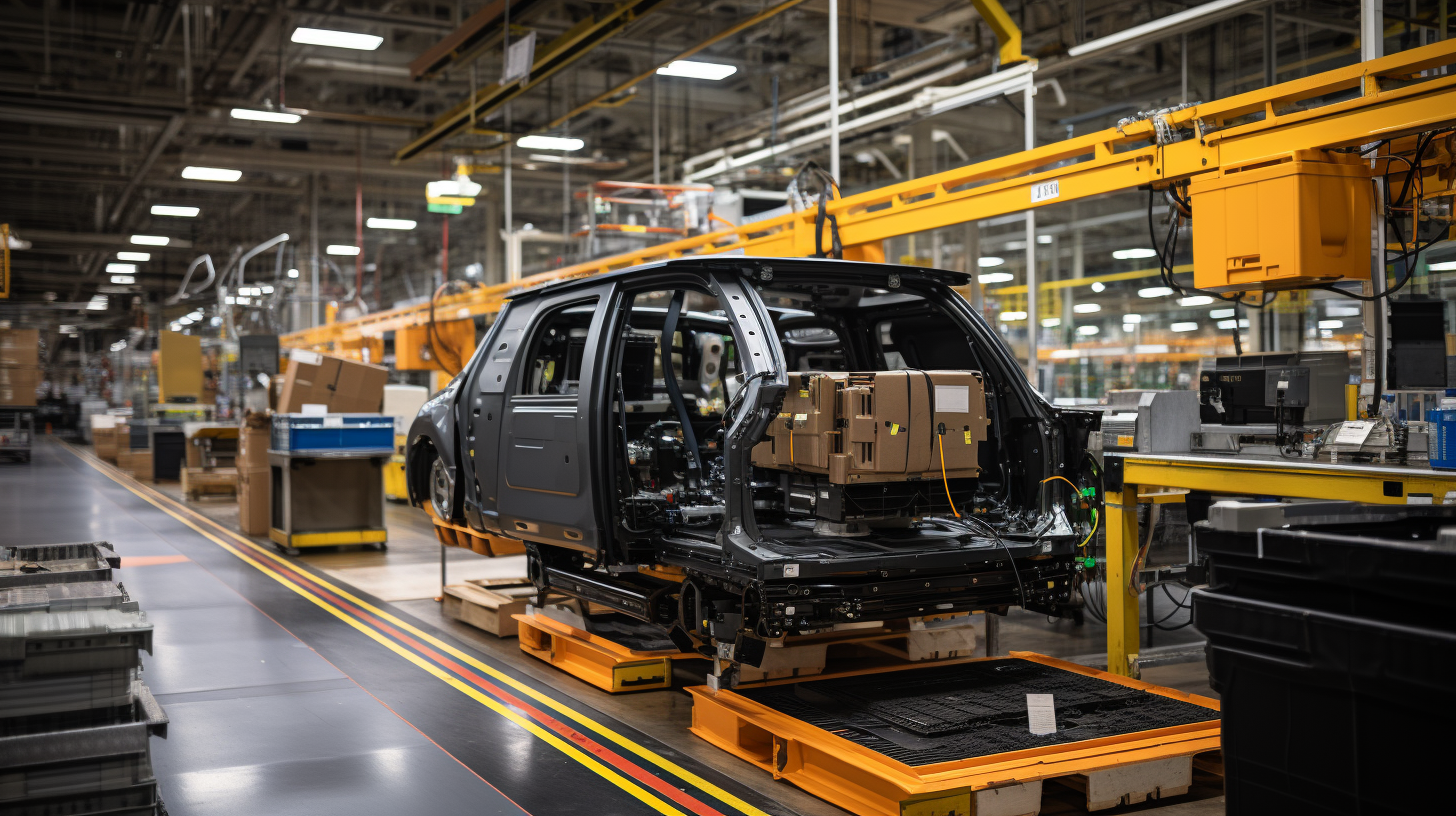
How Do Processing Parameters Impact Material Shrinkage?
Material selection is only part of the equation—processing parameters also play a crucial role in controlling shrinkage.
- Mold Temperature: Higher mold temperatures reduce shrinkage by allowing the material to cool more gradually.
- Packing Pressure: Applying consistent packing pressure compensates for shrinkage by ensuring the cavity remains filled during cooling.
- Cooling Time: Sufficient cooling time prevents uneven shrinkage by allowing the part to solidify uniformly.
| Parameter | Effect on Shrinkage | Adjustment |
|---|---|---|
| Mold Temperature | Reduces shrinkage by gradual cooling | Maintain consistent heat levels |
| Packing Pressure | Compensates for material contraction | Increase for tighter tolerances |
| Cooling Time | Prevents uneven solidification | Extend for thicker parts |
How to Match Material to Your Application
When choosing a material to minimize shrinkage, consider the following:
- Part Design: Thin-walled parts benefit from low-shrinkage amorphous plastics, while thicker sections may need glass-filled or high-performance materials.
- Environmental Factors: For parts exposed to heat or chemicals, materials like PEEK or PPS provide superior stability.
- Tolerance Requirements: Precision parts require materials with low shrinkage rates and fillers to meet tight dimensional tolerances.
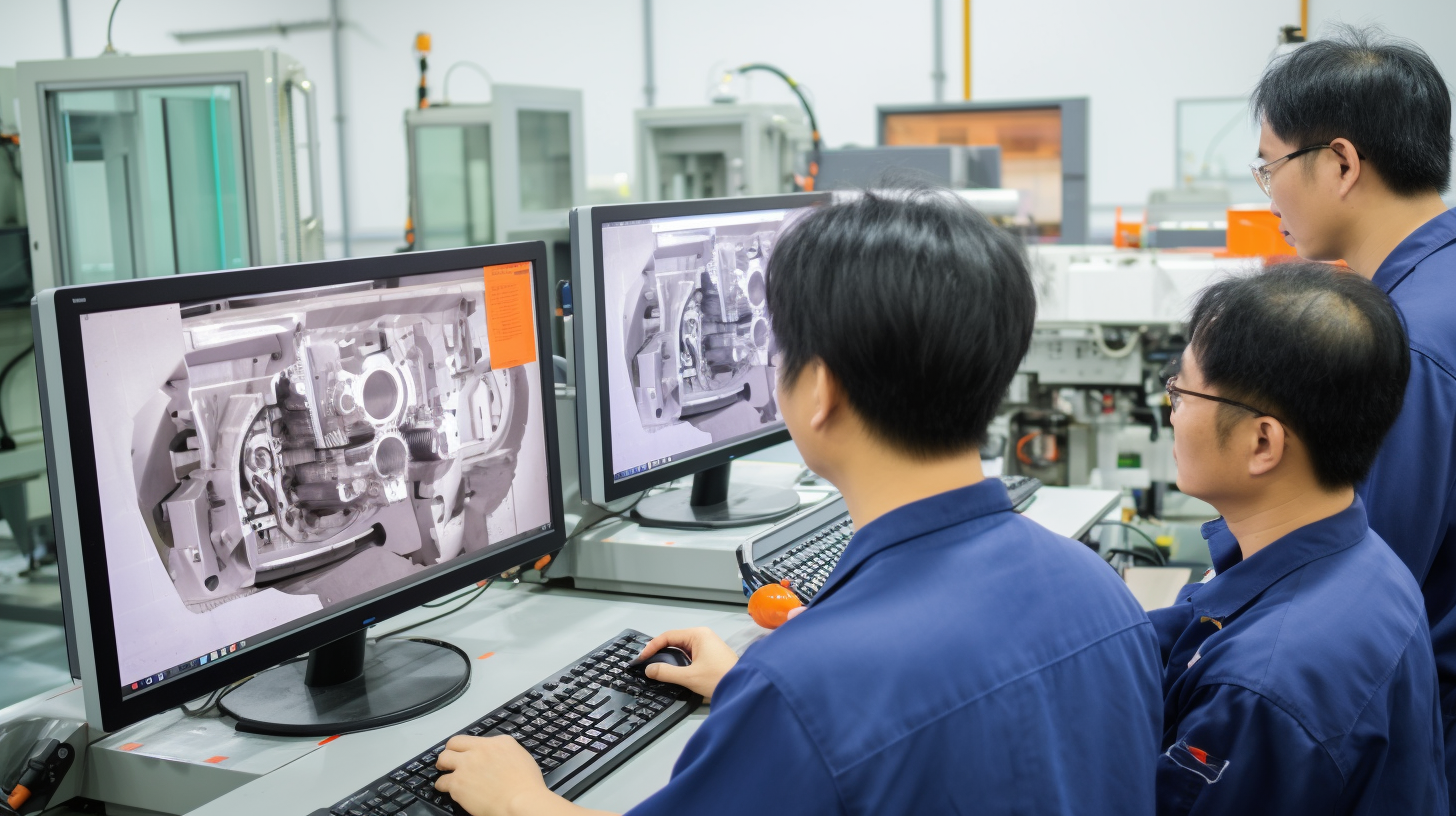
Conclusion
To prevent shrinkage in injection molding, choose materials with low shrinkage rates, fillers, or high-performance properties tailored to your application. By understanding how material properties affect shrinkage and optimizing processing conditions, you can achieve high-quality, dimensionally accurate parts.
For more guidance on material selection or custom solutions for your project, visit our resource center or contact us. Let’s help you find the perfect material for your next injection molding project.


